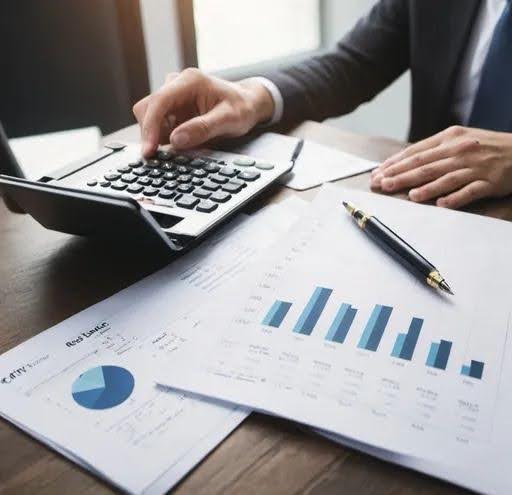Investing in gold and other precious metals has long been considered a safe haven for wealth preservation. This guide explores the nuances of investing in gold, silver, platinum, and palladium, offering insights into why these metals are valuable, how to invest in them, and the potential benefits and risks involved.
Why Invest in Precious Metals?
1. Historical Stability: Gold and other precious metals have maintained their value over millennia, acting as a hedge against inflation and currency devaluation.
2. Diversification: Adding precious metals to an investment portfolio can reduce risk due to their low correlation with other asset classes like stocks and bonds.
3. Economic Uncertainty: During times of economic instability or geopolitical tension, precious metals often appreciate in value as they are seen as a safe haven.
4. Tangible Assets: Unlike stocks or bonds, precious metals are physical assets that can be stored and secured, offering a sense of security and ownership.
Risks and Considerations When Investing in Precious Metals
Types of Precious Metals for Investment
1. Gold: The most popular precious metal for investment, known for its enduring value and diverse investment vehicles.
2. Silver: Often considered “poor man’s gold,” silver is more affordable and has significant industrial applications, adding to its demand.
3. Platinum: Rarer than gold and silver, platinum is used in industrial applications, particularly in the automotive sector.
4. Palladium: Like platinum, palladium is primarily used in industrial applications, notably in catalytic converters for automobiles.
Tax Implications of Investing in Precious Metals
Investment Vehicles
1. Physical Bullion:
Gold Bars and Coins: Available in various sizes, gold bullion can be purchased from dealers and stored at home, in a safe deposit box, or a secure vault.
Silver, Platinum, and Palladium Bullion: Similar to gold, these metals can be bought in physical form, offering tangible ownership.
2. Exchange-Traded Funds (ETFs):
Gold ETFs: These funds track the price of gold and offer a convenient way to invest without the need for physical storage.
Other Metal ETFs: Similar funds exist for silver, platinum, and palladium, providing liquidity and ease of trading.
3. Mining Stocks:
– Investing in companies that mine precious metals can offer exposure to the sector. These stocks often provide leverage to the prices of the metals they produce.
4. Futures and Options:
– These financial instruments allow investors to speculate on the future price movements of precious metals, offering potential for high returns but also higher risk.
5. Certificates and Digital Gold:
– Some financial institutions offer certificates representing ownership of gold stored in a vault, and digital platforms provide a way to buy and sell gold online.
Benefits of Investing in Precious Metals
1. Inflation Hedge: Precious metals typically retain their value during inflationary periods, preserving purchasing power.
2. Portfolio Diversification: They add balance to an investment portfolio, reducing overall risk.
3. Liquidity: Precious metals are highly liquid assets that can be easily bought or sold in the market.
4. Global Acceptance: These metals are universally recognized and can be traded worldwide.
Inflation Hedge: Preserving Purchasing Power with Precious Metals
Risks and Considerations
1. Market Volatility: While generally stable, precious metals can experience significant price fluctuations.
2. Storage and Insurance Costs: Physical bullion requires secure storage and insurance, which can add to investment costs.
3. No Yield: Unlike stocks or bonds, precious metals do not generate income or dividends.
4. Regulatory and Tax Issues: Investments in precious metals can be subject to varying regulations and taxes, depending on the jurisdiction.
Choosing Your Metal and Investment Vehicle
How to Start Investing
1. Determine Your Goals: Clarify why you want to invest in precious metals – is it for diversification, a hedge against inflation, or long-term security?
2. Choose Your Metal and Investment Vehicle: Decide which metal(s) and type of investment suit your goals and risk tolerance.
3. Research and Select Reputable Dealers or Brokers: Ensure you buy from credible sources to avoid fraud and ensure quality.
4. Monitor the Market: Keep track of market trends and geopolitical developments that could affect metal prices.
5. Regularly Review Your Investment: Periodically reassess your investment strategy to ensure it aligns with your financial goals.
Future Trends in Precious Metal Investing
Investing in gold and precious metals can be a prudent strategy for wealth preservation and portfolio diversification. By understanding the different types of metals, investment vehicles, benefits, and risks, investors can make informed decisions to enhance their financial security. Whether you choose to invest in physical bullion, ETFs, mining stocks, or other instruments, precious metals offer a timeless and reliable addition to any investment strategy.







